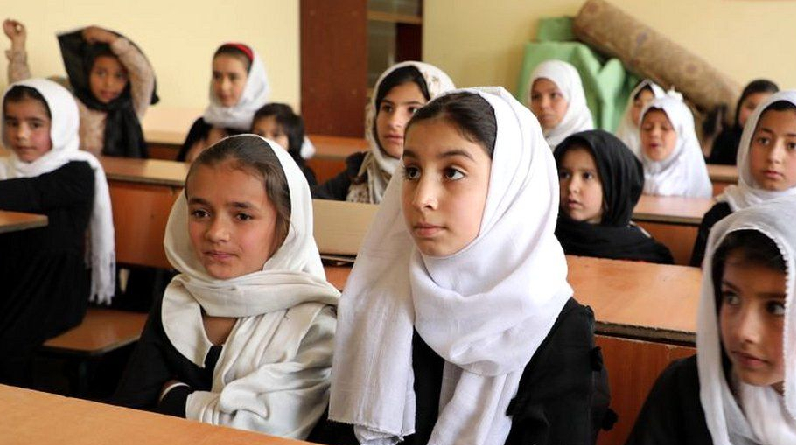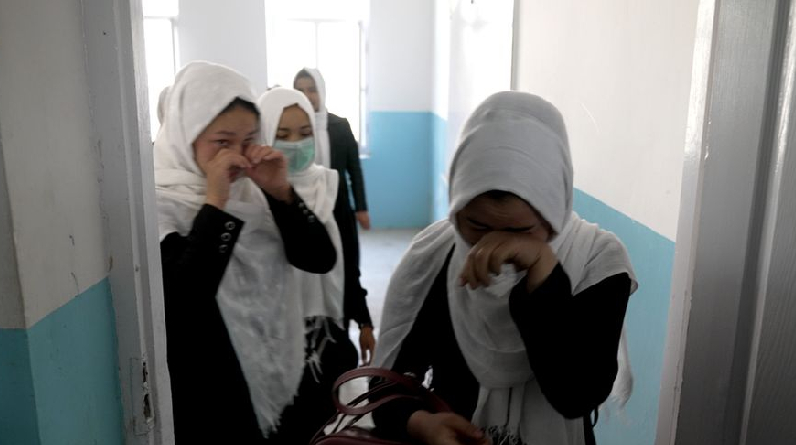Afghan Girls Say, “We Have Nothing; We Have Absolutely Nothing.”

Afghanistan Master Trainer and social activist Shakirullah Niazi discusses her experiences as a monitor and evaluator of programmes aimed at young women and children. For the past six years, he has worked as an advocate for human rights, specifically in the areas of youth empowerment, human trafficking prevention, and girls’ education. In early September, Shakirullah participated as a panellist in the Asia Pacific launch of the GEM 2022 Youth Report. A man can only be educated as an individual. However, if you invest in a girl’s education, you’re essentially investing in the future of an entire country.
Parents, society as a whole, and all walks of life can benefit from investing in their daughters’ education, from the medical field to science and technology to athletics and daily life. It is important to me to highlight the successes and advancements made in our country with regards to girls’ access to and completion of secondary education. The GEM 2022 Youth Report on non-state actors in education seems to have a central theme of discussing accomplishments over time. But that is not indicative of recent events in Afghanistan. There’s something else I need to bring up. Women in Afghanistan complain that they “have nothing, nothing at all in every way” because they are not allowed to attend school.
Given the current state of affairs in Afghanistan, the #RightTheRules campaign for free education is difficult to consider. Thousands of people, including women and children, have been killed in Afghanistan’s ongoing war for the past four decades. Social and religious factors continue to play central roles in war, with opposing groups fiercely clinging to their own ways of life while denying their own people access to necessities like education. A UNDP report estimates that by 2022, 97% of Afghans will be living in poverty.
Can we emerge from the shadows? Girls were not allowed to attend school while the Taliban were in power (1996-2001). Education, however, was a fundamental problem on the international stage. After that, we saw parents making serious efforts to become educational stakeholders. UNESCO reports that between 2011 and 2018, the literacy rate for Afghan women increased from 17% to 30%.

This is not the first time that the world has failed to provide adequate resources to help girls and young women gain access to education. Being educated is a fundamental human right, and as such, it should never be used as a weapon of political coercion. The strength of any society can be gauged by how well it invests in its women. When a mother is well-informed, she can guide her children in the right direction.
See Also: Chris Hipkins Will Succeed Jacinda Ardern As Prime Minister Of New Zealand
The last few years have shown the world that Afghan women are capable of great things; many of them have joined robotics and engineering teams, sports teams, political science and medicine programmes, and the like. Afghanistan’s out-of-school population was last counted in early 2019, before the Taliban came to power. Significant progress had been made by that time, but 25% of girls in the primary school age group were still not enrolled in school. Girls do not have access to secondary schools in the modern era. There won’t be any female doctors or nurses if girls and young women aren’t allowed back into school. There is apprehension that this will stimulate a rise in child marriages and trafficking. The international community insists on girls’ access to education, seeing it as a basic human right, but the Taliban restricts girls’ education to the elementary level only.
Leave a reply
You must be logged in to post a comment.










